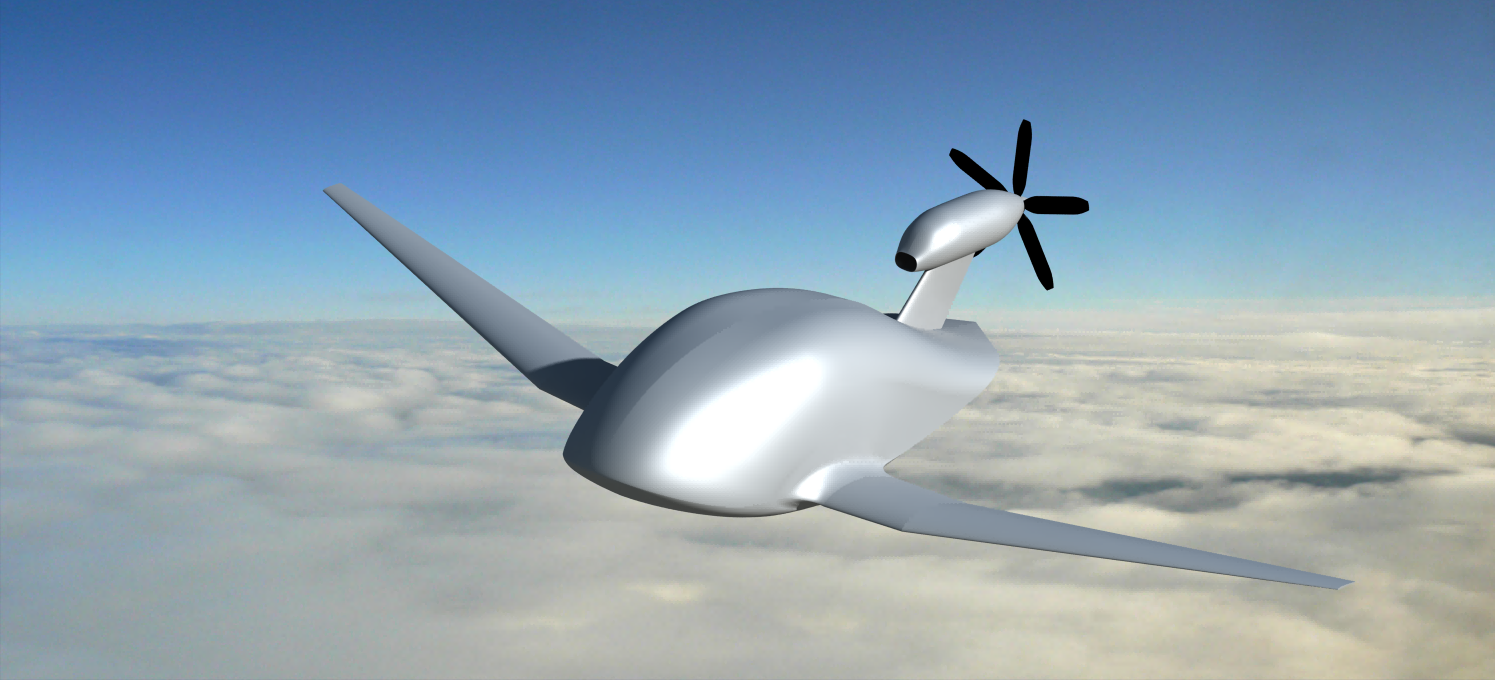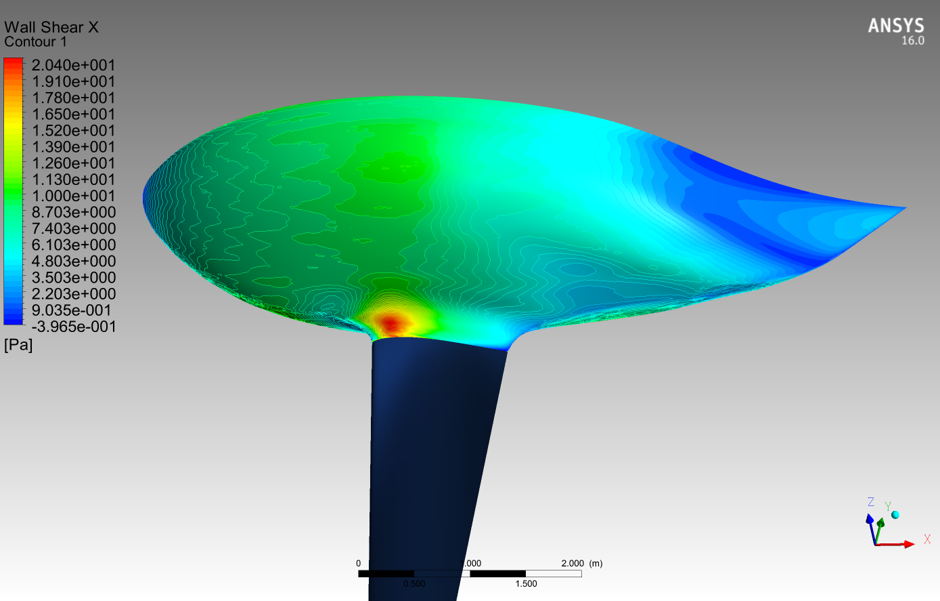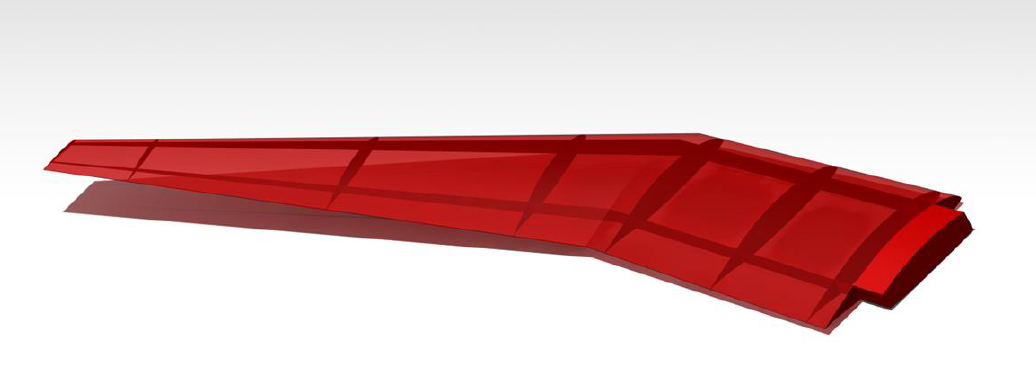The motivation to develop a cargo drone is that the demand for services and goods is no longer concentrated at singular hubs. For a lot of scenarios, it is more efficient to ship smaller quantities of goods from major airport hubs to remote locations. The cost benefit of using a small manned cargo aircraft is sometimes not justified as the cargo capacity could be increased by saving the operating crew. This situation might highlight a market gap which can be addressed with a dedicated cargo hauling UAV.
The requirements for this application are defined by a maximum ground speed of 350 km/h at a cruise altitude of 5000 m. The range is defined at 1500 km with a payload of 500 kg.

Current Team Members

Anand Nair BEng, MSc
Staff, Aerospace Engineering, FH Wiener Neustadt

Dr. Markus Trenker
Staff, Aerospace Engineering, FH Wiener Neustadt

Soumitra Das, MSc
Team, Aerospace Engineering, FH Wiener Neustadt

DI Wolfgang Schöberl
Staff, Aerospace Engineering, FH Wiener Neustadt
Market Research
Market research was performed using a set of 700 aircraft which illustrate payload and range in pounds and nautical miles respectively shown in figure below with the proposed drone encircled.

Design
Most of the design work is done in CATIA. The following figure 2 shows the CAD representation of our delivery drone ‚Trogon‘. This model is the basis for the following numerical analysis (computational fluid dynamics – CFD) of the flow using state-of-art flow solvers such as ANSYS-Fluent and SU2. This current design is based on the lifting body concept:
The approach is to use an airfoil as the basis for a body of revolution as the upper part of the fuselage and to use an elliptical surface for the underside. The fuselage body uses a 12% thick Tsagi airfoil modified to 20 % thickness. The fuselage top was rotated in a semicircle; the lower profile follows an elliptical path.
CFD is used to calculate the local pressure distribution of the entire aircraft. This data is used for calculating global values for lift, drag and moments for chosen angles of attack and operating conditions. CFD is not only used for the collection of global data but also to optimize the shape locally for improved aerodynamic performance.

Results from CFD simulations show detailed information about the flow.




Stability analysis
Calculations for the stability of the aircraft are performed using MATLAB Simulink. For a stable configuration, the aircraft has to undergo sudden changes of free stream conditions and elevator deflections and respond by decreasing amplitude of motion as depicted:


Structural Analysis
Parallel to the design of the drone’s outer shape, the airframe supporting the outer shell is designed as shown here:


The structural analysis is performed in ANSYS and delivers stresses and deformations of the air frame for the chosen materials and this process consists of five sub sections.

Material Selection
 .
.
Pylon-Stress Analysis

Wing Topology Optimization


Wing Internal Structure

Certification requirements
At the moment no regulation exists which deals with a drone the size of a small airplane. There is a policy for UAV certification (E.Y013-01), which states general principles for UAS (Unmanned Aerial Systems). The flying component of this system, the drone, has to fulfill the same conditions as an airplane in the same category. For this type of drone, compliance with CS-23, the Certification Specification for small airplanes, is required.
For UAS which are intended for operations exclusively over remote areas, where the risk to third parties on the ground is considered negligible, different design approval processes might be feasible. Nevertheless, there are mandatory requirements to fit or configure systems to provide an emergency recovery capability. Such a system may be a flight termination system, which ends flight and reduces kinetic energy at impact or emergency recovery procedures that are intended to navigate the unmanned aircraft to a preselected emergency site for a safe landing or termination of the flight. Both are acceptable as long as there is no additional hazard to persons or property on the ground.
The Department of Aerospace Engineering at the Fachhochschule Wiener Neustadt has initiated an innovation centre for the development of cargo drones for certain, well defined applications.